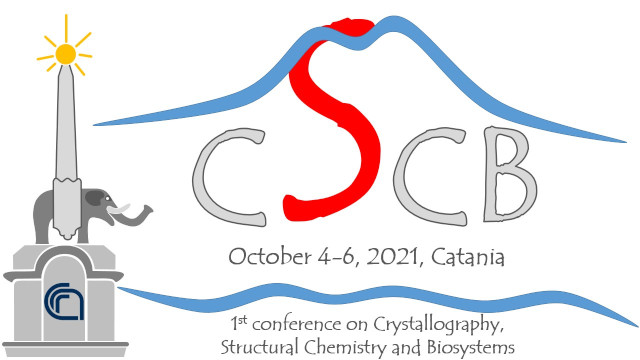Speaker
Description
Semax is the active component of a drugs developed in Russia in the1982 and originally used as a treatment for brain hypoxia and ischemia, brain traumas, and to facilitate adaptive processes to extreme situations. Semax is now used as a nootropic for mental enhancement in healthy people and for treating many cognitive disorders. N-terminal fragments of the adrenocorticotropic hormone (ACTH), are well known for their potent neuroregenerative and cognitive activities1. The syntetic eptapeptide Semax consisting of the Met-Glu-His-Phe fragment of ACTH and the C-terminal tripeptide Pro-GlyPro, is devoid of any hormonal activity, but is still able to stimulate learning and memory formation in rodents and humans2. Further major advantages of Semax, is the higher resistance against enzymatic cleavage confered by the C-terminal PGP. Despite the widespread use, the cellular and molecular mechanisms underlying the action of Semax, are widely unknown. At the cellular level, Semax was shown to prevent the death of cultured neurons, and to increase the expression of neurotrophine and their receptors3, thus implying that Semax might modulate brain functions by affecting neurotrophin synthesis. We investigated about the mechanism by which Semax acts and describe the effects at the cellular level on the RA-differentiated SHSY5SY cells. Our findings indicate that Semax is able to modulate the BDNF expression, as well as TrkB and MCR4 receptors levels. Interestingly, cells differentiated in the presence of Semax are more resistant to different stresses, having a higher mitochondrial membrane potential and an increased mitochondrial mass compared to cells differentiated in RA only. In cultured hippocampal neurons, it has been found that BDNF influnces the mitochondrial function, a process dependent on the activation of the TrkB receptor and its downstream signaling pathways. We suggest that Semax affects cognitive brain functions by modulating the expression of the BDNF/trkB system. By increasing mitochondrial metabolism, Semax provide neurons with the ability to better exploit feuls, either under basal and stressful conditions, which results in the improvement of neurons viability as demostrate by the means of several experimental approaches. The finding that Semax modulating neurotrophins levels can alter mitochondrial oxidative efficiency, has important implications for neurodegenerative and psychiatric diseases. Therefore, the therapeutic potential of Semax is far from being exhausted and new indications for its application could be discovered by an in-depth study of its mechanism of action.
References
1. de Wied D.Eur J Pharmacol. (1999)
2. Ashmarin, et al. (1997)
3. Kolomin T., et al (2013)

